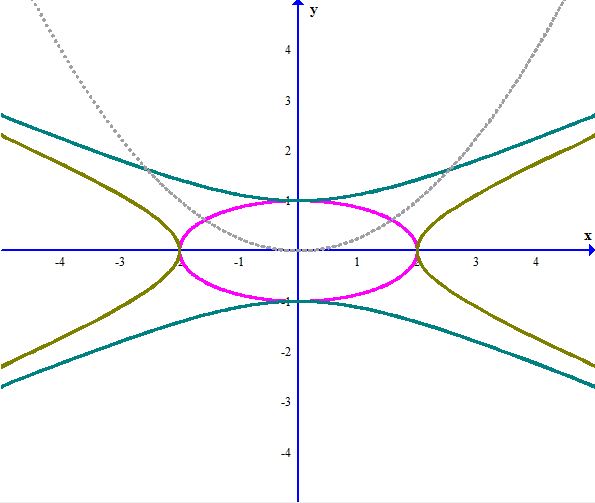DEMONSTRATE/SHOW):
This means to work a problem on the whiteboard with a smooth running commentary.
Avoid long explanations. The idea at this point of the lesson is not to
teach the process, but to expose the student to the process. As with learning
language, the student’s first acquaintance with a new word or phrase is to hear or see it in context. From the student’s perspective he or she is “shadowing” the teacher.
The demonstration should not be interrupted, not even by the student. The student should be watching and
not worrying him- or herself about understanding it.
The student's desktop should be clear and the student should not be taking notes nor conversing with anyone else.
At the end of the demonstration, the teacher should avoid such questions as “did you get that” or “did
you understand?” The reason for this is simple: Most students will not be aware of any change in their understanding and will be upset by the implication
that they should now understand the topic. Similarly, the floor should NOT be
open to questions.
The STUDENT’S RESPONSIBILITY during this component is to be fully attentive to what the teacher is demonstrating.
LEAD/TEACH/INVOLVE/ENGAGE WITH
IMITATION:
In this process, the students will be copying problems as they are worked. Students
should not be working ahead.
The teacher should regularly sound out both individual students and the class as a whole with questions such as “what
do you think the answer to this step is?” or “what do you think the next step is?”
Avoid asking a student to give a sequence of steps or an explanation of the process.
Also avoid asking the student to compute anything. The point here is to
stimulate and search for an intuitive response. We want to find out who is “getting
it” already and to show that these micro-steps can be picked up quickly.
The STUDENT’S RESPONSIBILITY is to volunteer answers, to guess his or her own answers when the teacher is
calling on another student, and to try to intuit the single short answer to the teacher’s question.
ASSIGN/HAND OFF:
At this point, the students should be attempting some problems on their own.
This is where the student becomes an actual and the major worker.
Student and teacher share mutual goals:
1. To identify the problems the students already know how to do.
2. To identify the problems with which the students need help.
3. To identify the presentation techniques (how the problem is presented on the paper, which includes neatness,
order, heading, skipping lines, writing fractions appropriately, content, etc) that need improvement.
It is now the STUDENT’S RESPONSIBILITY to
a. attempt a sufficient number of problems that all or almost all of the areas where the student has difficulty
(classroom/monitored practice).
b. work a sufficient number of problems in each area that he or she no longer needs to think about those problems
(homework/non-monitored practice);
c. remember that this process is not about getting the problems perfect and not feel bad about errors.
It is the TEACHER’S RESPONSIBILITY to observe the student’s work both as the student requests and randomly
and to explain steps the student has difficulty with and to ensure that the presentation practice matches what would be expected
on a test or in a higher level course. Explanations should be short and directly
address the student’s immediate needs. This is not the time for meta-lessons.
The teacher should probably be either walking around the room from desk to desk or having students come up to his or
her desk and lining up for assistance and quick checks.
Generally speaking, students should NOT be helping one another.
NOTE! There is a difference between monitored practice and unmonitored
practice such as homework. Students should never be assigned homework or unmonitored
practice that they are unable to do – practicing a lot of problems incorrectly only serves to make that error intuitive. The purpose of homework is to move that which the student can do with conscious thought
from the self-conscious part of his brain function to the intuitive part.
META-LESSON/APPLYING:
Once the student is pretty much working intuitively, the teacher can then (as time allows) tie in the processes that
have been mastered into a larger scheme of things, into techniques for solving word problems (what the book calls “problems”),
into other subjects (both in and outside the domain of mathematics).
SUMMARY: The natural learning processes moves through the following stages:
Observation
Imitation
Taking Ownership
Using
In terms of the teacher-student
dynamic this can be expressed as
Teacher does – Student sees
Teacher does – Student imitates
Student does – Teacher assists
Student does – Teacher sees
